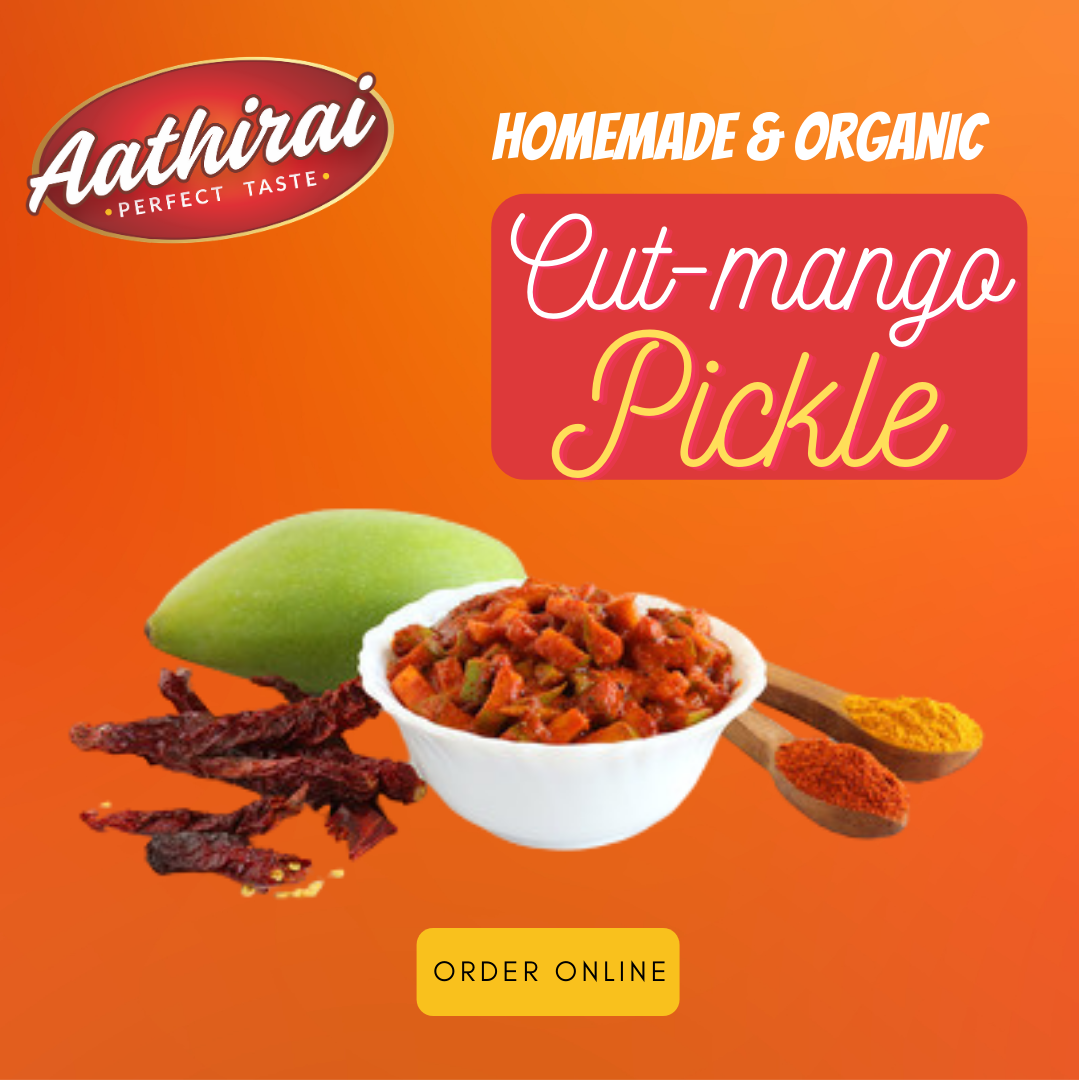Six Sigma Green Belt Interview Questions
by Bhavya Sri, on May 27, 2017 11:49:29 AM

Q1. Name the different kinds of variations used in Six Sigma?
Ans: The different kinds of variation are — mean, median, range and mode.
Q2. Who forms the part of Six Sigma implementation team?
Ans: Six Sigma implementation team has five key players:
- Executive leaders
- Champions
- Master black belt
- Black belts
- Green belts
Q3. What is the difference between the Six Sigma DMAIC and DMADV methodologies?
Ans: The DMAIC methodology, instead of the DMADV methodology, should be used when a product or process is in existence at your company but is not meeting customer specification or is not performing adequately.
The DMADV methodology, instead of the DMAIC methodology, should be used when:
- A process is not in presence at your company and one needs to be developed
- The existing product or process exists and has been optimized (using either DMAIC or not) and still does not meet the level of customer specification or Six Sigma level
Q4. Name some of the Quality Management tools in Six Sigma
Ans: There are a number of quality management tools. Some of them are cost-benefit analysis, CTQ Tree, SIPOC analysis, COPIS analysis, and Taguchi methods. (Name at least five)
Q5. What is meant by COPQ in Six Sigma?
Ans: Definition of Cost of Poor Quality (COPQ): Those costs that are generated as a result of producing defective material.
Q6. What is the definition of DPMO or DPPM?
Ans: DPMO is abbreviated as Defects Per Million Opportunities and
DPPM is abrivated as Defective Parts Per Million.
Q7. What is the Pareto Principle?
Ans: The 80:20 ratio of cause-to-effect became known as the Pareto Principle.
Q8. Can you explain the concept of fish bone/ Ishikawa diagram?
Ans: It is a visualization tool for categorizing the potential causes of a problem in order to identify its root causes. Pareto Principle. Pareto principle is a prediction that 80% of effects come from 20% of causes.
Check Out Our Six Sigma Courses
Q9. What is load testing process?
Ans: Load testing is a kind of Performance Testing which determines process of putting demand on a software system or computing device and measuring its process
Q10. What level of understanding do you have regarding the statistical tools?
Ans: This should reflect the skills that you have regarding the statistical tools with respect to Six Sigma. Be honest while answering the question.
Q11. What is the difference between Cpk and Ppk?
Ans: Cpk is process capability index, which measures how close a process is running to its specification limits, relative to the natural variability of the process and Ppk is process performance index, which verifies if the sample that have been generated from the process is capable of meeting Customer CTQs (requirements).
Also Read>> Which is Better — Lean, Six Sigma or Both?
Q12. Can you explain standard deviation?
Ans: Standard deviation indicates the degree of variation in a set of measurements or a process by measuring the average spread of data around the mean.
Q13. What is process sigma calculation?
Ans: Process sigma is a measure of the variation in a process relative to customer requirements.
Q14. What is the 1.5 sigma shift?
Ans: The 1.5 sigma shift adjustment takes into account what happens to every process over many cycles of manufacturing.
Q15. What is Regression? When is it used?
Ans: Regression Analysis is a technique used to define relationship between an output variable and a set of input variables.
There are several types of regression like Simple Linear Regression, Multiple Linear Regression, Curvilinear Regression, Logit Regression and Probit Regression etc., which caters to a variety of requirements based on the type of underlying data.
Q16. What is the difference between defect and defective?
Ans: A defect is any non-conformance of the unit of product with the specified requirements. A defective is a unit of product which contains one or more defects.
Q17. What is the difference between Process Report and Product Report?
Ans: Process Report is used with continuous data that follow a bell curve distribution, while Product Report applies to discrete data and therefore can be used for all type of distributions.
Q18. Explain FMEA
Ans: FMEA is a qualitative and systematic tool, usually created within a spreadsheet, to help practitioners anticipate what might go wrong with a product or process.
Q19. What are X bar and R charts?
Ans: They are a set of two charts, which is the most commonly used statistical process control procedure used to monitor process behavior and outcome over time.
Q20. Explain Flow charting and brain storming?
Ans: A flowchart is a diagram displaying the sequential steps of an event, process, or workflow. Brainstorming is a technique used to quickly generate creative or original ideas on or about a process, problem, product,or service.
Q21. When and by whom was six sigma developed ?
Ans: In 1986 Six Sigma was developed by Motorola.
Q22. Explain six sigma’s purpose.
Ans: Six sigma’s purpose is to identify the causes of defects and errors and then remove them in the manufacturing process.
Q23. What is the symbol of Six sigma ?
Ans: Six Sigma has a greek symbol which is” sigma”. It is the standard deviation utilized to measure the variation in the process.
Q24. Six sigma uses two key methods. What are they?
Ans: They are DMAIC and DMADV
Q25. what does DMAIC stands for in six sigma ?
Ans: The letters in the abbreviation DMADV stand for define, measure, analyze, design, verify," the steps in the ordered process.
Q26. What does ?
Ans: DMADV is an abbreviation for define,measure,analyze,develop,verify





